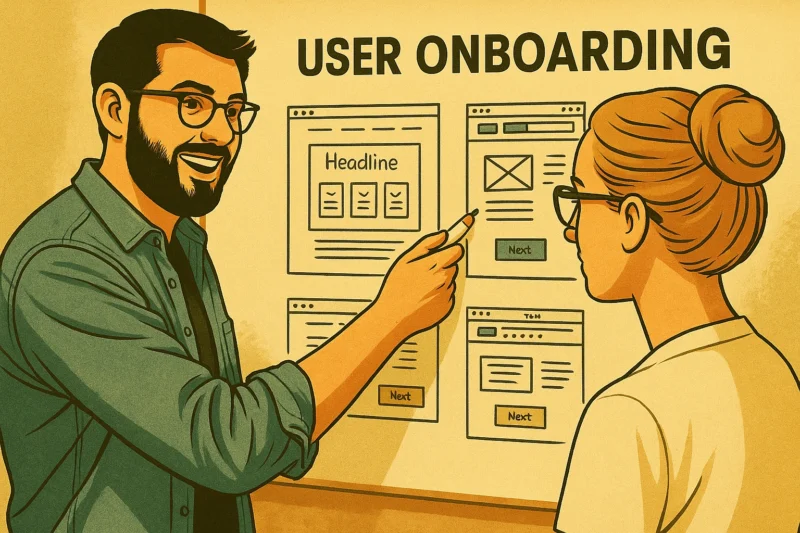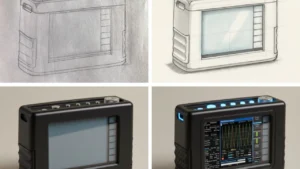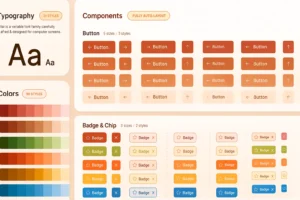Build the Why, Not Just the What

There comes a point where you stop asking what you’re building and start asking why you’re building it. That shift is where high-impact work begins. It’s when you move from shipping features to shaping purpose.
Anyone can launch a roadmap, spec out a feature, or refine a UI. But the heartbeat of the product lives in the why. If you forget that, you risk building something that looks great but solves nothing meaningful.
When the What Becomes a Distraction
You can build the cleanest UI, the fastest flow, the most robust system. But if it doesn’t serve the real problem, it’s noise. At best, it’s a distraction. At worst, it creates confusion and drains momentum.
Features go live. Teams celebrate progress. But nothing moves the needle. That tells you the mission got lost somewhere.
One Product. Many Outcomes. One Reason That Matters.
Great products are flexible. They can solve multiple problems. But that doesn’t mean yours should try to solve all of them.
Your job is to make sure it solves yours. The one that matters to your business, your users, and your purpose.
- Know the specific reason your team exists
- Tailor the product experience to support that
- Build around your use case with precision
Sometimes that means stripping things out. Other times, it means designing for a niche. That isn’t a limitation. It’s clarity. And clarity drives value.
Every Role Anchors the Why
Whether you’re a developer, designer, researcher, or product manager, you’re responsible for shaping impact. You’re not just building. You’re translating purpose into product.
If what you’re working on doesn’t move the mission forward, it’s not helping. It’s slowing the system down.
Everything you release should:
- Solve a real, defined problem
- Support product-market fit with focus
- Reinforce your value proposition
This is especially true for cross-functional and distributed teams, where direction and clarity are everything.
Translate Outcomes, Not Just Outputs
The ability to articulate not just what you built, but why it matters, and how it connects to outcomes, is what separates busy teams from effective ones.
When everyone on the team can trace a feature back to a core objective, you get velocity that compounds.
Final Thought
Features are easy to ship. Impact is not.
If you lose the why, you risk building something that looks right but feels wrong. That’s how focus disappears. That’s how good ideas get buried.
So ask yourself, every time: Is this decision anchored to our purpose? Is this solving the real problem?
If it isn’t tied to the why, it doesn’t belong in the build.
That is how you lead. That is how you create leverage. That is how you show up as someone who builds value, not just features.








